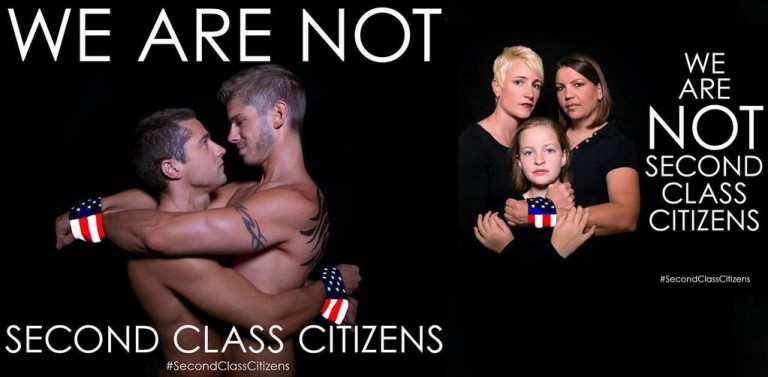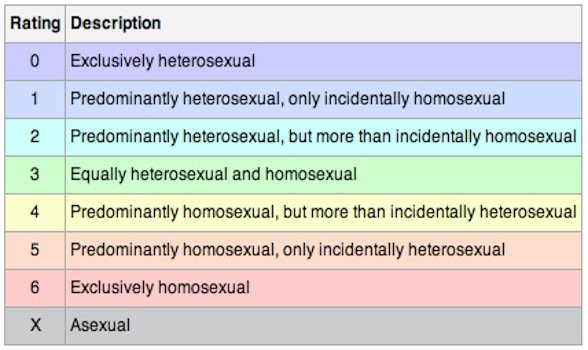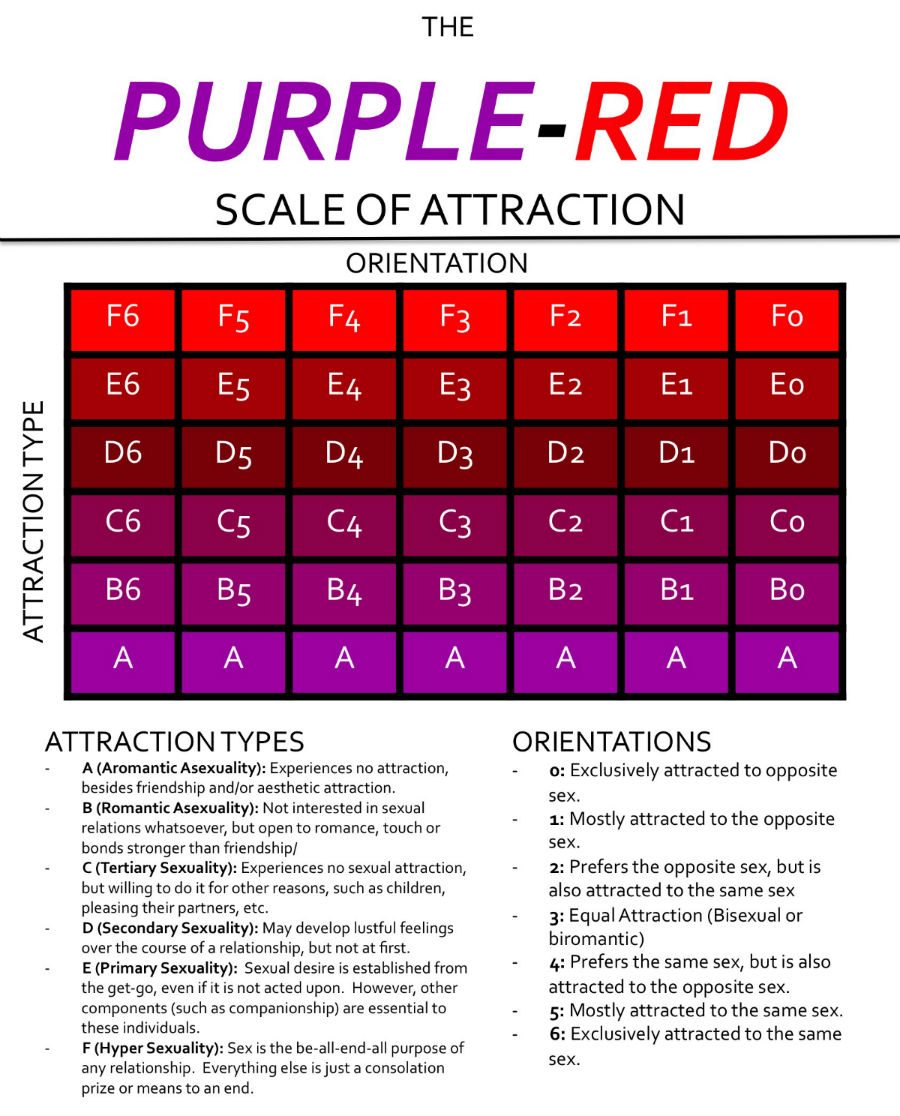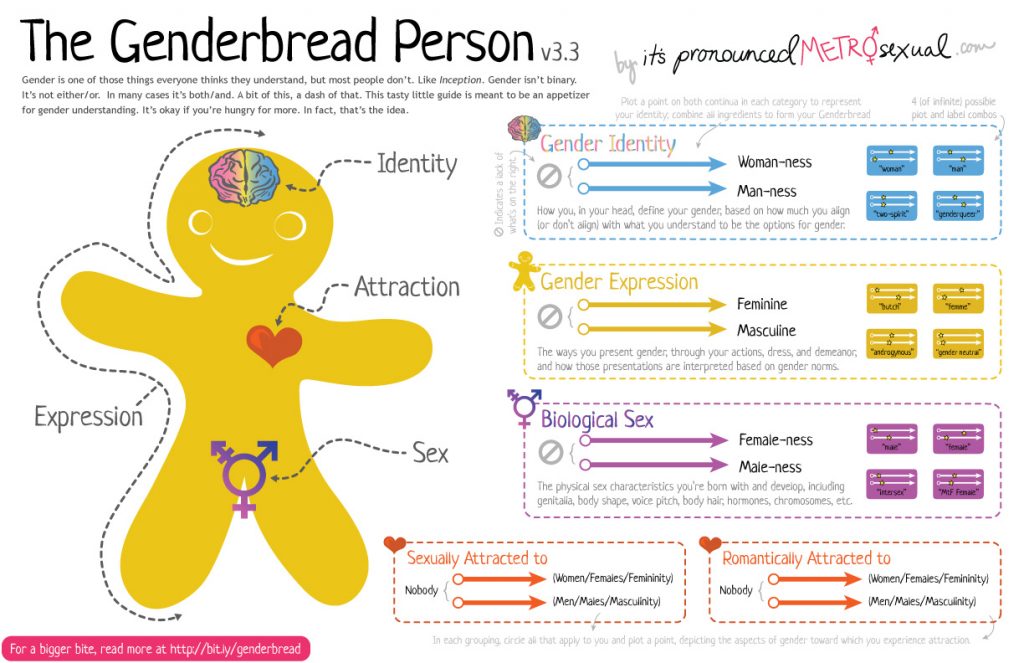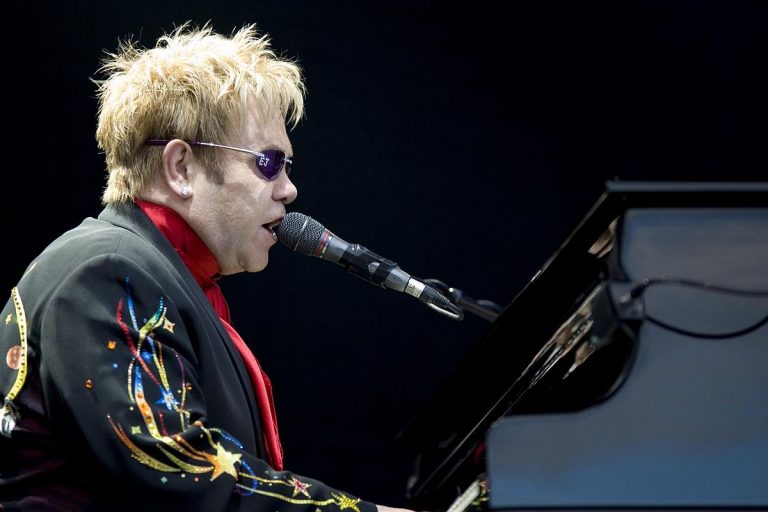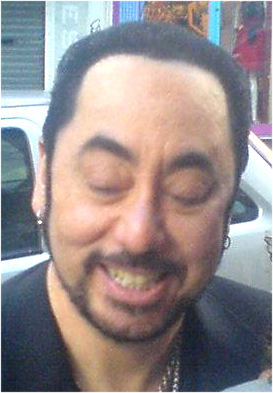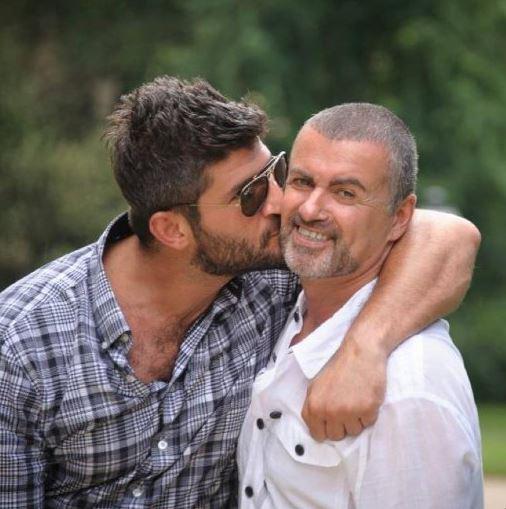Here are some really great gay love memes, ads and quotes that just nails it.
Always the trend setters, gays have never been afraid of embracing cool concepts and many of the best memes out there are gay related.
According to Wikipedia, a meme (/ˈmiːm/ meem) is “an idea, behaviour, or style that spreads from person to person within a culture.”
Memes can come in many forms but have in common that they carry ideas from one mind to another through a mimicked theme. And they are commonly used to make a statement, question the status quo, or just to illustrate the world around us.
The word meme is a shortening of mimeme, meaning “imitated thing”.
Here are some of the best gay memes (+ some ads/quotes) we found related to gay love on the Internet.
Related: Top 5 Gay Love Videos on YouTube
Gay guys

I say this would be in the it’s-so-true gay memes category: “Gay guys: -What my friends think I do. -What my mom thinks I do. -What society thinks I do. -What religious idiots think I do. -What I think I do. -What I really do.”
We are not
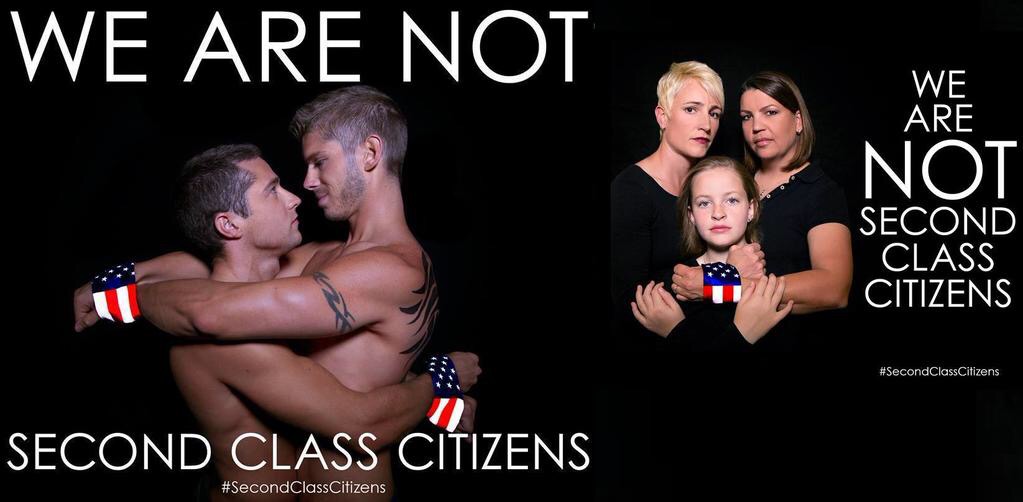
A great gay meme about equality: “We are not second class citizens“
Allstate
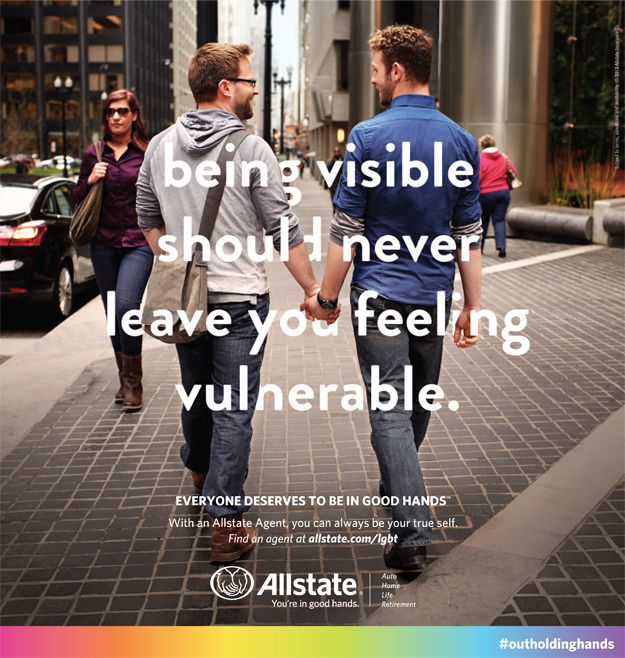
An ad can also be a meme: “Being visible should never leave you feeling vulnerable“
My daddies
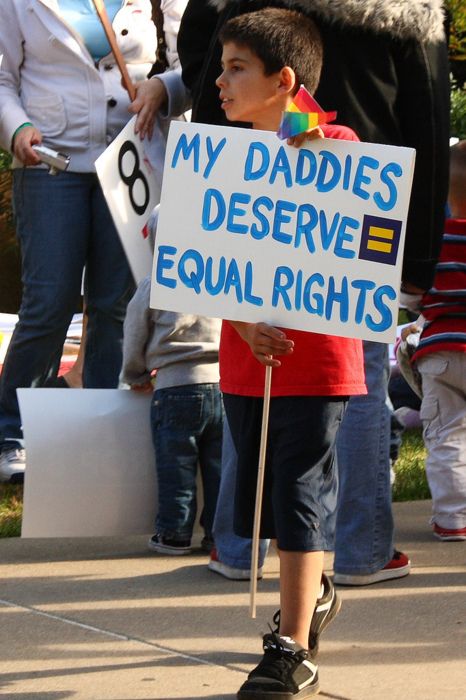
Family gay meme: “My daddies deserve equal rights“
So lets get this straight

Infographic: “So lets get this straight…: -Charlie Sheen can make a pron family. -Kelsey Grammer ended his 15 year marriage over the phone. -Larry King is on divorce number 9. -Britney Spears had a 55 hour marriage. -Jesse James & Tiger Woods (whilst married) were having sex with everyone. But somehow it is same-sex marriage that is going to “Destroy the institution of marriage”. Really?”
Homosexuality

Absolutely true meme: “Homosexuality is not a choice. Homophobia is.”
Simba

Lion King: “Two men raised Simba and he turned out fine”
Tim Gunn

Tim Gunn: “People against same sex marriage say it will tear the social fabric of society. Do you really think gay people would do anything to harm fabric?”
Your grandkids

“There was a time when gay people couldn’t get married?!” –Your grand kids in 20 years
Gay marriage condemned

Saturday Night Live: “This week, gay marriage was officially condemned by an older, single man wearing a cape”
If gay marriage is legal…

Another it’s-so-true meme: “What will happen if gay marriage is legalized? –Gay people will get married. -A third World War will break out, various plagues – locusts, frogs, etc. – will erupt. -Schools will begin teaching kids how to have gay sex. -The terrorists will win.”
Marriage illegal

Not true anymore, but still a great one: “-Married for 72 days: LEGAL. -Married for 14 months: LEGAL. -Together for 8 years: Marriage illegal.”
And remember to appreciate your gay memes, folks. Because in Russia they banned memes portraying president Putin in a “gay” way.
Related: 10 Awesomely Cute Gay Weddings


